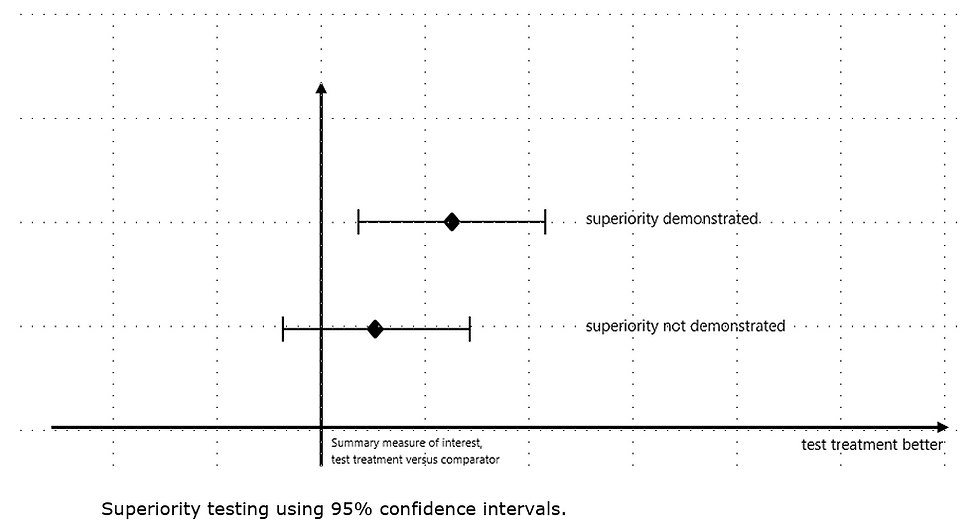USFDA Guidance: Drug Development for Myelodysplastic Syndromes (MDS)
- Sharan Murugan

- Jul 5
- 2 min read
Myelodysplastic syndromes (MDS) are a group of complex, clonal blood disorders that predominantly affect older adults and may progress to acute myeloid leukemia. Drug development for MDS has long been a challenge due to the disease’s heterogeneity and the diversity of patient needs.
In July 2025, the U.S. Food and Drug Administration (FDA) issued a new draft guidance to steer the development of disease-modifying drugs and biologics for the treatment of MDS. This guidance provides valuable recommendations for clinical trial design, regulatory considerations, and efficacy endpoints tailored specifically to MDS therapies.

Myelodysplastic syndromes (MDS) is marked by ineffective blood cell production and can progress to acute leukemia. It is classified based on genetic and morphological criteria. Treatment categories include:
Supportive care: transfusions, ESAs, antibiotics
Disease-modifying therapies: e.g., hypomethylating agents
Curative therapy: allogeneic hematopoietic stem cell transplantation (HSCT)
As new targeted agents emerge, endpoints like symptom palliation or transfusion independence gain relevance alongside traditional measures like remission or survival.
Key Considerations in Drug Development
1. Nonclinical Development
The FDA recommends following established guidances for nonclinical evaluation of anticancer drugs (e.g., ICH S9).
For lower-risk MDS, with longer expected survival, additional studies (such as carcinogenicity and reproductive toxicity) may be warranted.
For cellular or gene therapies, sponsors should consult specific FDA guidances on preclinical assessment and long-term follow-up.
2. Companion Diagnostics
For targeted therapies, an in vitro companion diagnostic may be essential for safe and effective use.
Sponsors should plan for the co-development of such diagnostics early and seek FDA input as needed.
3. Clinical Pharmacology
Thorough understanding of the pharmacokinetics and pharmacodynamics in the MDS population is crucial.
Special attention should be paid to drug metabolism in patients with organ dysfunction and in specific populations (e.g., pediatric, elderly).
4. Special Populations
The guidance emphasizes the inclusion of diverse patient populations, including those with organ dysfunction, pediatric patients, and the elderly, to ensure generalizability and safety of the therapy.
5. Safety Reporting
Rigorous safety monitoring and timely reporting of adverse events are required, especially due to the risk of progression to AML and the frailty of the patient population.
Efficacy Endpoints
The FDA outlines several efficacy endpoints for MDS trials:
Time-to-event endpoints: such as overall survival (OS), event-free survival (EFS), and progression to AML.
Binary endpoints: including complete remission (CR), marrow CR, and hematologic improvement.
Other measures: symptom improvement or reduction in transfusion needs may be meaningful, especially for lower-risk patients.
For pharmaceutical developers and sponsors, this guidance is critical in aligning new products with regulatory expectations and accelerating their path to approval.
For an in-depth understanding of all clinical and regulatory recommendations, consult the full FDA guidance: Myelodysplastic Syndromes: Developing Drug and Biological Products for Treatment (July 2025) and download the PDF.



Comments